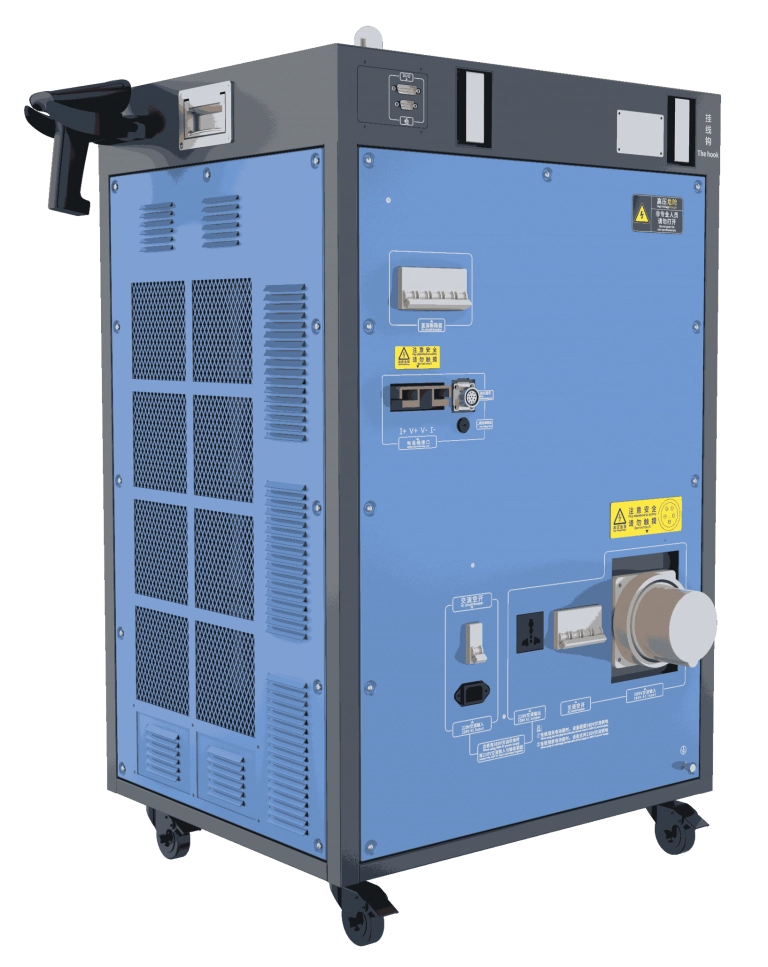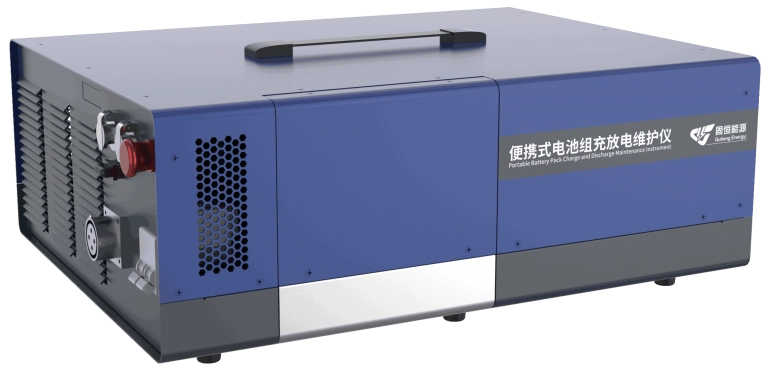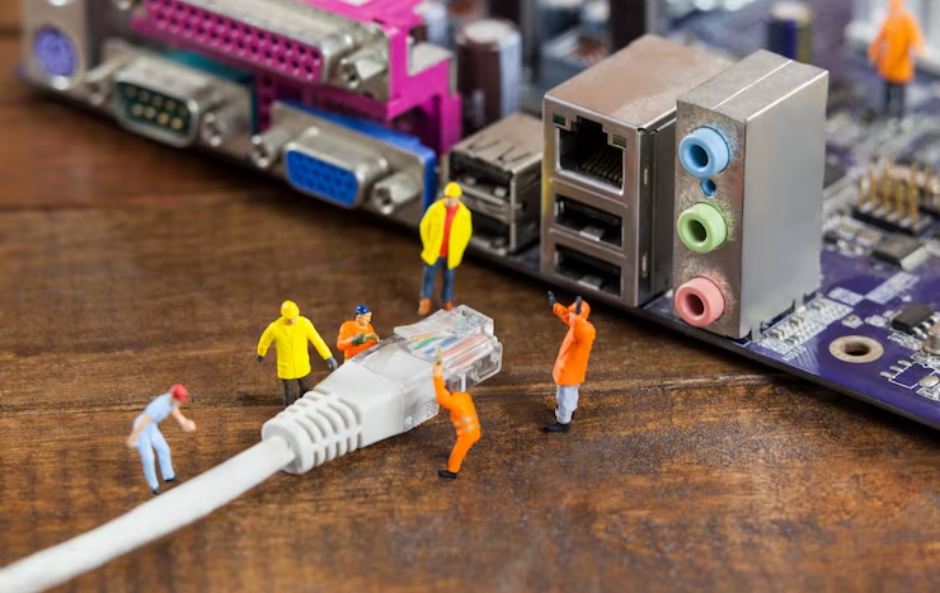
With the rapid development of industries such as electric vehicles and energy storage systems, the charge-discharge management of new energy batteries has become a critical factor in ensuring battery performance and lifespan. Scientific and rational charge-discharge management not only extends battery life but also enhances system efficiency and reduces operational costs. However, in practical applications, new energy battery charge-discharge management often encounters various issues. This article will delve into these issues and their solutions, while introducing Guheng Energy’s professional technology and services in the field of new energy battery management.
Importance of New Energy Battery Charge-Discharge Management
New energy batteries, as core components of electric vehicles, energy storage power stations, and other systems, directly impact equipment operational efficiency and safety. Effective charge-discharge management optimizes battery operating conditions, reduces energy loss, and ensures stable system performance.
Impact of Charge-Discharge Management on Battery Lifespan
The charge-discharge process involves complex chemical reactions, and improper management can damage the battery’s internal structure. For example, frequent deep charge-discharge cycles accelerate electrode material degradation, shortening battery lifespan. Scientific management, by controlling charge-discharge rates and depth, significantly extends battery service life.
- Extended Cycle Life: Properly controlling charge-discharge depth (e.g., maintaining 20%-80% state of charge) reduces cycle degradation.
- Reduced Internal Resistance Increase: Optimized charge-discharge strategies slow internal resistance growth, maintaining efficient energy conversion.
- Overheating Prevention: Managing charge rates and monitoring temperature prevents high temperatures from damaging battery materials.
How to Enhance New Energy Battery Performance Through Management
Precise charge-discharge management can significantly improve new energy battery performance. Key methods include:
- Dynamic Charge-Discharge Rate Adjustment: Adjust charging speed based on battery conditions (e.g., SOC and SOH) to balance efficiency and lifespan.
- Intelligent Temperature Control Systems: Use temperature sensors and cooling systems to maintain batteries within optimal temperature ranges.
- Data-Driven Optimization: Analyze real-time data to predict battery performance and adjust management strategies.
Common Issues in New Energy Battery Charge-Discharge Management

Despite advancements in charge-discharge management technology, several common issues persist in practical applications, potentially affecting battery performance and system reliability.
Risks of Overcharging and Over-Discharging
Overcharging or over-discharging is one of the most common issues in battery management, potentially leading to the following consequences:
- Electrolyte Decomposition: Overcharging may cause electrolyte breakdown, generating gas, increasing internal pressure, and potentially triggering safety incidents.
- Electrode Material Damage: Over-discharging can cause irreversible changes in electrode materials, reducing battery capacity.
- Thermal Runaway Risk: Improper charge-discharge practices may cause battery overheating, potentially leading to fires or explosions in severe cases.
Main Causes of Battery Capacity Degradation
Battery capacity degradation is a common phenomenon in new energy battery use, with primary causes including:
| Cause | Impact | Solution |
| Electrode Material Aging | Loss of active material, capacity decline | Optimize charge-discharge strategies, reduce deep cycles |
| SEI Film Thickening | Increased internal resistance, reduced efficiency | Control charge voltage, minimize side reactions |
| Lithium-Ion Deposition | Reduced available lithium ions, capacity degradation | Avoid fast charging at low temperatures |
Impact of Temperature on Charge-Discharge Efficiency
Temperature is a critical factor affecting charge-discharge efficiency:
- Low-Temperature Environments: Low temperatures increase internal resistance, reduce charging efficiency, and may trigger lithium dendrite growth, affecting safety.
- High-Temperature Environments: High temperatures accelerate electrode material and electrolyte degradation, shortening battery lifespan.
- Ideal Temperature Range: Typically 15-35°C, maintained through temperature control systems.
Maintenance Steps for New Energy Battery Charge-Discharge Systems
To ensure long-term stable operation of battery systems, a scientific maintenance plan is essential, covering daily inspections and periodic maintenance.
Daily Inspection and Monitoring Methods
Daily monitoring is the foundation of preventing battery issues, focusing on the following parameters:
Monitoring Voltage, Current, and Temperature Parameters
- Voltage Monitoring: Real-time detection of individual cells and battery pack voltage to identify abnormal fluctuations.
- Current Monitoring: Monitor charge-discharge currents to ensure they remain within safe ranges.
- Temperature Monitoring: Use sensors to record battery surface and internal temperatures to prevent overheating or overcooling.
We recommend using the Portable Battery Pack Charge-Discharge Maintenance Equipment PBM-M Series, which supports precise voltage, current, and temperature data collection and is suitable for various battery types.
Formulating and Executing Periodic Maintenance Plans
Periodic maintenance helps identify potential issues in a timely manner, extending battery lifespan.
Importance of Software Updates and Hardware Inspections
- Software Updates: Regularly update battery management system (BMS) firmware to enhance data processing capabilities and optimize algorithms.
- Hardware Inspections: Check connectors, cooling systems, and battery modules to ensure no physical damage or aging.
We recommend using the Portable Battery Pack Charge-Discharge Maintenance Equipment PBM-BD-A-100080, which offers efficient hardware inspection capabilities to quickly identify battery system issues.
Effective Solutions for New Energy Battery Charge-Discharge Issues

To address the aforementioned issues, optimized strategies and intelligent technologies can effectively resolve problems.
Methods for Optimizing Charge-Discharge Strategies
Optimizing charge-discharge strategies is key to improving battery performance.
Dynamic Adjustment of Charge-Discharge Curves
- SOC-Based Adjustments: Dynamically adjust charging rates based on the battery’s state of charge (SOC) to avoid overly fast charging.
- Pulse Charging Technology: Use intermittent charging to reduce heat buildup and improve charging efficiency.
- Balancing Management: Implement cell balancing via BMS to prevent capacity inconsistencies.
Advantages of Introducing Intelligent Management Systems
Intelligent management systems leverage advanced technologies to enhance charge-discharge efficiency and safety.
Applications of Artificial Intelligence in Real-Time Monitoring
- Anomaly Detection: AI algorithms analyze battery data in real-time to predict potential faults.
- Optimized Scheduling: Intelligently adjust charge-discharge plans based on usage scenarios (e.g., peak-valley electricity pricing).
- Lifespan Prediction: Use machine learning models to predict remaining battery life, guiding maintenance plans.
Guheng Energy: A Reliable Expert in New Energy Service Technology Solutions
Guheng Energy, a leading enterprise in new energy battery management, leverages over a decade of technological innovation and industry experience to provide exceptional battery management solutions, boasting significant advantages in the industry.
Professional Technical Team Ensuring Service Quality
Guheng Energy has an experienced technical team specializing in battery charge-discharge management, airtightness testing, and rapid charge-discharge equipment development. The team has developed several industry-first products, such as the Battery Pack Service Terminal Final Inspection Instrument (EOS-TEST) and Battery Pack Balancing Maintenance Equipment, holding over 30 patents (including 6 invention patents) and 28 software copyrights, ensuring technological leadership.
Comprehensive New Energy System Solutions
Certified under the ISO9001 quality management system, Guheng Energy adheres to international standards in product development, production, and sales. Its products undergo rigorous quality inspections and come with authoritative test reports. Additionally, the company offers rapid-response after-sales services and collaborates with insurance companies to provide customers with greater peace of mind. Guheng Energy’s solutions include portable battery maintenance equipment, airtightness leak testers, and more, widely used in electric vehicles and energy storage systems. Recommended products include the Portable Battery Pack Charge-Discharge Maintenance Equipment PBM-MW-A-28020, suitable for various battery maintenance scenarios.
Frequently Asked Questions
Why Do New Energy Batteries Require Periodic Maintenance?
New energy batteries experience performance degradation over time due to charge-discharge cycles, temperature changes, and other factors. Periodic maintenance aims to extend battery lifespan and improve system efficiency through testing and optimization. Specific reasons include:
- Preventing Capacity Degradation: Regular balancing and calibration slow electrode material aging.
- Ensuring Safety: Inspecting battery conditions prevents overheating or short-circuit hazards.
- Optimizing Performance: Software updates and parameter adjustments enhance charge-discharge efficiency.
How to Determine If a New Energy Battery Requires Charge-Discharge Maintenance?
You can determine the need for maintenance through the following methods:
- Performance Decline: Reduced range or extended charging times indicate potential capacity degradation.
- Anomalous Data: BMS monitoring revealing uneven voltages, abnormal temperatures, or increased internal resistance suggests maintenance is needed.
- Usage Duration: Comprehensive inspections are recommended every 6-12 months, depending on usage intensity.
Using Guheng Energy’s Portable Battery Pack Charge-Discharge Maintenance Equipment allows for quick battery condition diagnostics, recommended for regular use.
What Is the Principle Behind New Energy Battery Charge-Discharge Maintenance?
The principle of new energy battery charge-discharge maintenance involves optimizing electrochemical performance through scientific management and testing to extend service life. Key aspects include:
- Balancing Management: Controlling individual cell charge-discharge states to eliminate voltage differences and prevent overcharging or over-discharging.
- Capacity Calibration: Performing full charge-discharge cycles to calibrate BMS SOC estimates, improving accuracy.
- Condition Monitoring: Using sensors and algorithms to monitor voltage, current, temperature, and internal resistance in real-time to identify potential issues.
Guheng Energy’s maintenance equipment employs advanced algorithms and hardware support to ensure an efficient and safe maintenance process.
Through scientific charge-discharge management and professional maintenance, the performance and lifespan of new energy batteries can be significantly enhanced. Guheng Energy, with its innovative technology and comprehensive solutions, provides reliable support to customers, contributing to the sustainable development of the new energy industry. Visit the Guheng Energy official website now to learn more about battery management solutions!





